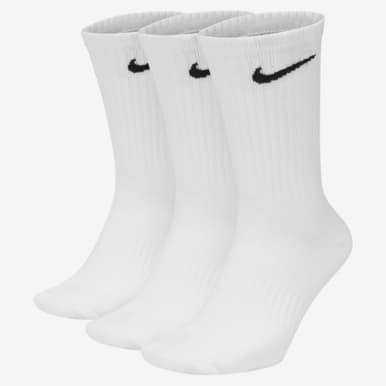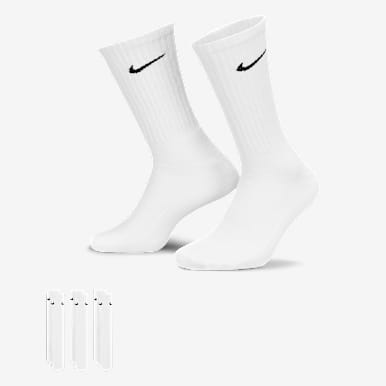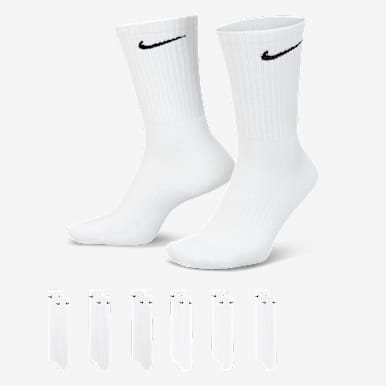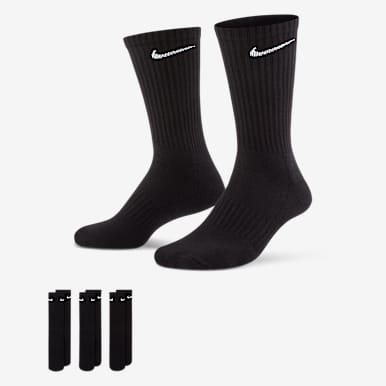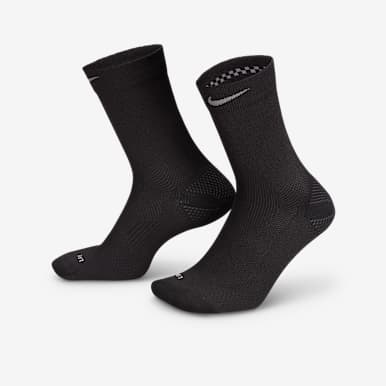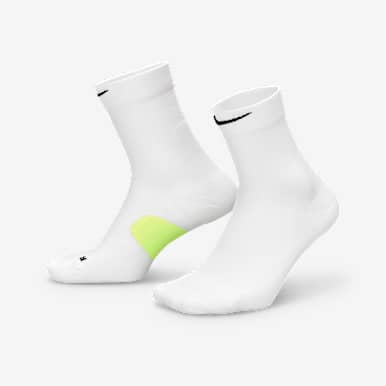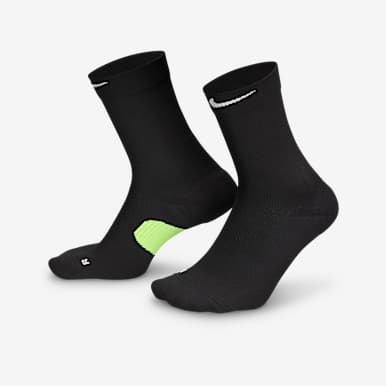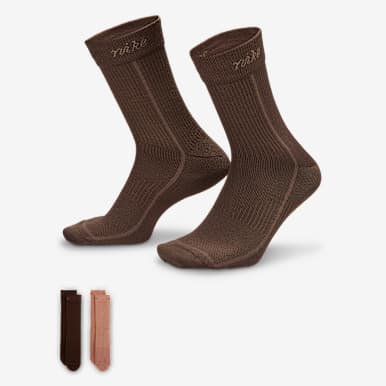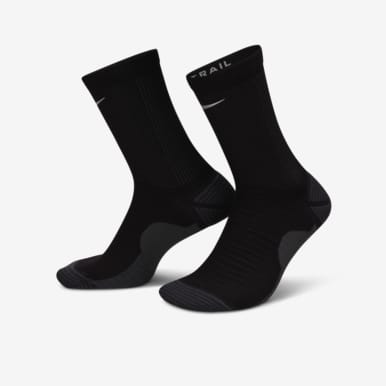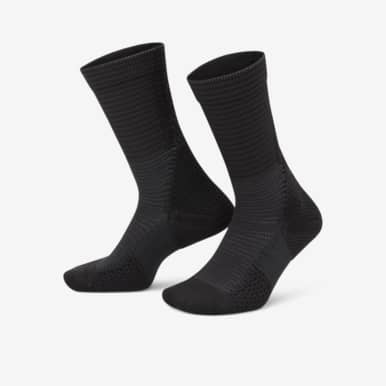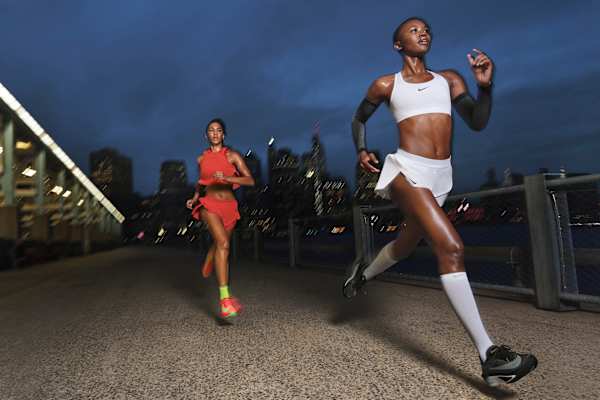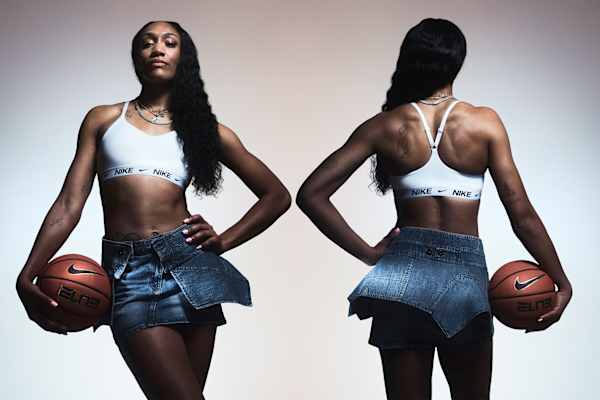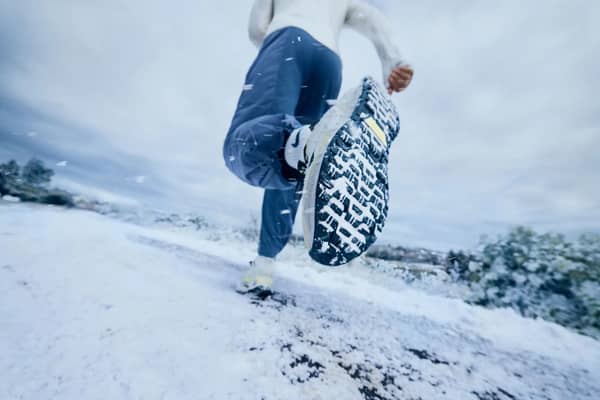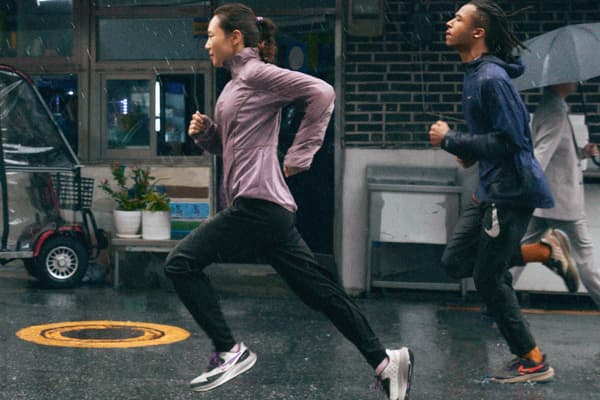Don't miss the last day to order. Learn More.
Choosing the Best Athletic Socks for Your Performance Needs
Buying Guide
Not sure which socks are right for your preferred sports and fitness activities?Follow these tips on how to select the right materials, fit and features.
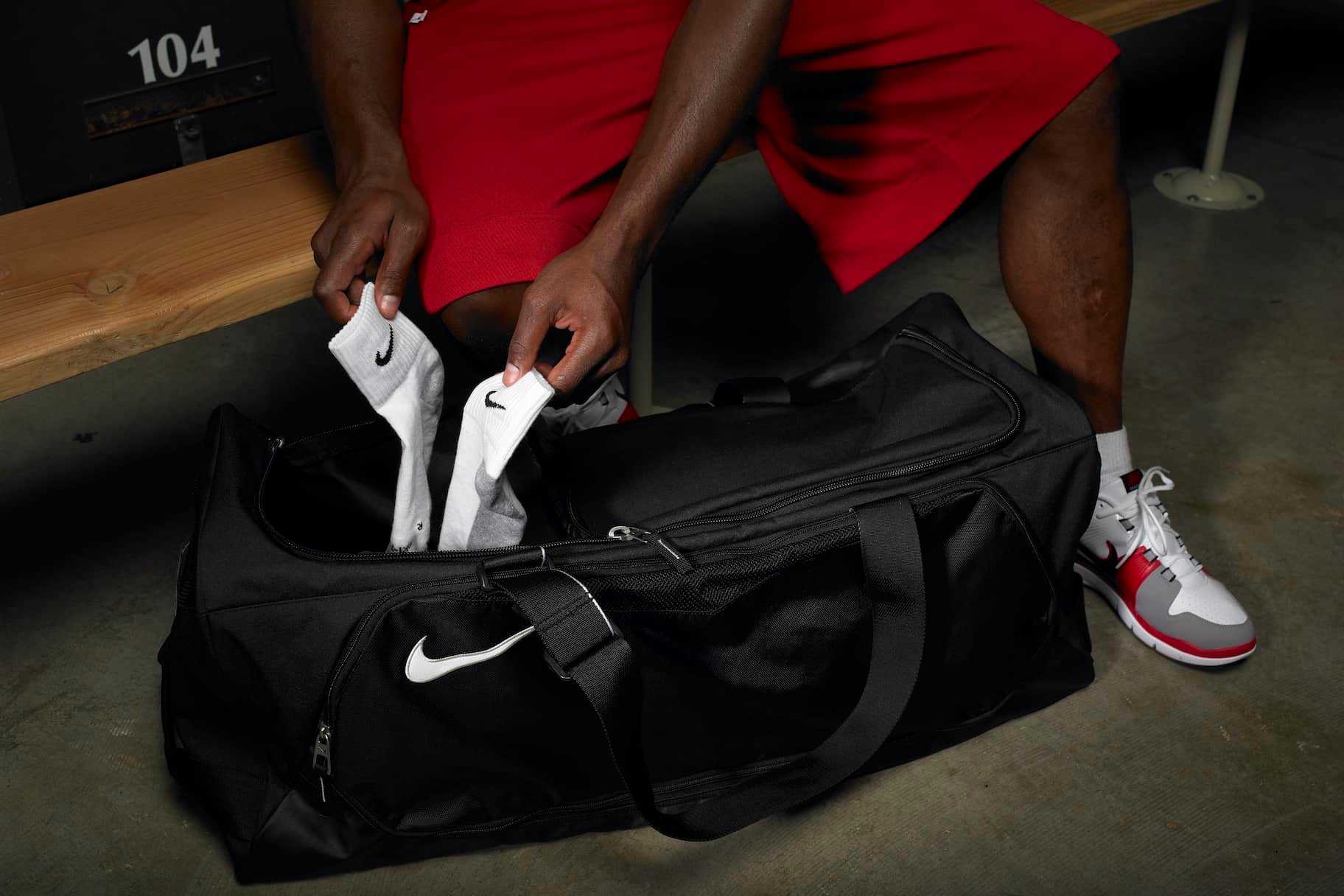
Just like there are certain types of shoes made for hiking, running and walking, there are socks that are built to accompany these athletic activities.High-intensity exercise and competitive sports involve jumping and running, which can put extra stress on your feet.
Wearing the wrong kind of socks may cause blisters or the dreaded athlete's foot, a result of extra sweaty feet and nail or foot fungus.The right socks help prevent injuries and provide extra support beyond the shoes.This is why it's important to understand what types of fabrics and features to look for.
Shopping for the best sports socks will depend on the type of activity and level of intensity.For example, if you're going skiing or hiking, your everyday cotton ankle socks aren't going to cut it.A thicker, wool blend that wicks away moisture and sweat would be better suited for your feet.
Common Types of Sock Cuts
Before making a decision, you'll want to familiarise yourself with different sock lengths and cuts.
- Low-cut socks, no-show socks, ankle socks: Exactly what they sound like: short socks that sit below, at or slightly above the ankle.Sometimes you can't see them inside the shoe, hence the term "no-show socks".Lower socks are commonly worn by runners and in sports where less fabric is an advantage.
- Crew socks: Crew socks are medium-sized socks that typically reach a few inches past the ankle and sit just below the calf.Shorter versions also exist, often called mini-crew socks.Crew socks are a utility size of sock that are functional in the gym, on the pitch and in a wide range of athletic activities.
- Mid-calf socks: Sometimes called trouser socks, these are longer socks that reach halfway up the calf or sit at the top of the calf.They are common for any activities where warmth or a bit of extra coverage is desirable.
- Over-the-calf socks or knee-high socks: Knee-highs typically reach to just below the knee.Knee-high socks are common in outdoor sports with a lot of exposure to the elements or those needing lower leg protection (for example, to hold shinguards in place).
- Over-the-knee socks: Athletic socks providing the maximum length and coverage, reaching all the way up to the thigh.Over-the-knee socks can be used as extra support for knee pads or other protective cushioning.
Choose Fabrics Designed for Sports and Performance
When shopping for sports socks, look for specific fabrics to help cushion your feet in the right places while providing moisture-wicking capabilities.For athletes or people who are highly active, socks made from acrylic or synthetic materials are likely the way to go, since they have capabilities to trap and transfer moisture, which means your feet stay dry.
Here are some different types of fabric to look for in sports socks:
Wool: Wool is considered one of the best materials for socks and also one of the most expensive.Wool makes a great material for socks because it is made from fibres that are soft, non-itchy, breathable and resistant to odours.In particular, merino wool is known to preserve heat when wet, which is why it's a popular option for winter activities such as hiking, skiing or snowboarding.
Nylon and acrylic: These are synthetic fibres that are blended together to make a cushioned, well-built sock.Acrylic helps provide the support and comfort while nylon makes it durable.Both fibres help wick moisture away.
Natural fibres: These include wool and cotton.While cotton on its own won't cut it for a sports sock, when it's blended with other materials, it becomes much more durable and versatile.
Why You Should Avoid Cotton
Your regular, everyday socks are likely thinner and probably made from cotton, which soaks up and retains water.This may lead to skin irritation and foot fungus.
Today's best socks are made from a blend of different types of fabrics and fibres that create durability, prevent odours and keep your feet dry.
Features to Look for in an Athletic Sock
The features you need will depend on the type of activity you're doing and the season.If you're playing football in the dead of summer, you want to look for socks that have a combination of durability, sweat absorption and quick-drying capability.If you're snowshoeing in freezing weather, a thick, wool-based material will keep your feet warm and moisture free.
Think about the following when shopping for a sports sock:
- Cushioning and support: Look for padding on the front and heel of the sock.This may help cushion your feet and prevent blisters.Padding takes up more space, so watch out that it doesn't make your shoes too tight.
- Temperature: If you're partaking in winter activities, you'll probably want socks that will keep your feet warm and dry.
- Compression: Compression gear applies gentle pressure to stimulate circulation and deliver increased blood flow and oxygen to your muscles.Athletes who work out and perform frequently often prefer compression socks as a way to help boost recovery.
- Slippage and bunching: This may have to do with finding the proper sizing, but make sure the material is tight enough in the right places such as the toe area, which helps keep the sock in place.
- Moisture wicking: Acrylic, polyester and wool blends will help keep your feet dry.Nike Dri-FIT socks, for example, have sweat-wicking fabric that provides great breathability.
- Odour control: This is related to keeping your feet dry.If the fabric can dry quickly, odour-causing bacteria won't have as much of a chance to grow.Wool and polyester materials are great options.
Finding the Best Sports Socks for You
Remember that the type of socks you purchase will depend on your activity and personal preferences.The best basketball socks are not necessarily the best socks for American football.And vice versa.
Also, don't forget to match the length and material of the sock to your activity.If you're hiking, a longer, thicker sock will provide protection against dirt and sharp shrubbery when you're on the trail.
Picking the right kind of high-quality athletic socks can help keep your feet dry, warm and blister free so you can continue to lead an active lifestyle and perform at your best.
